Tibetan New Year
Edited by on 2018-01-31 12:12:40
Just as its name implies, the New Year takes place on 1st January of Tibetan calendar (Feb. 16th in 2018 Solar Calendar). Tibetan people begin to celebrate on 29th December and the festival lasts for about 2 weeks, with the main celebrations on the first 3 days. Tibetan New Year Festival is not only celebrated in Tibet, but also in Bhutan and Mongolia. Even in Tibet, different areas have different ways to celebrate it, and the festivities in Lhasa are the most representative.
However, during Tibetan New Year period, Tibet is not open to foreign travelers. But you can read on to learn about this colorful festival.
How to Celebrate Tibetan New Year Festival?
Losar is celebrated by Tibetan people. It is marked with ancient ceremonies that represent the struggle between good and evil. There is chanting and passing of fire torches through the crowds.A certain amount of levity is provided by events such as the dance of the deer and the amusing battles between the King and his various ministers. Losar Festival is characterized especially by dancing, music, and a general spirit of merrymaking.
Losar Day 1 — Clean Houses and Cook Food
During the last two days of the old year, which is called Gutor, people in Tibet begin to prepare for the New Year.The first day of Gutor is spent doing the house cleaning. The kitchen especially must be cleaned because it is where the family's food is prepared, and hence is the most important part of the house. The chimney is also swept free of dirt.
Special dishes are cooked. One such dish is a soup served with small dumplings. The soup is made from meat, wheat, rice, sweet potatoes, cheese, peas, green peppers, vermicelli and radishes. The fillings for dumplings include scraps of wood, paper, or pebbles.The celebration of Losar begins on the 29th day of the 12th month of the Tibetan calendar, the day before Tibetan New Year's Eve.
On that day monasteries hold a special kind of ritual in preparation for the Losar celebrations. In addition a kind of special noodle called guthuk, which is made of nine different ingredients including dried cheese and various grains, is made.Dough balls: Also, people place various ingredients, such as chilies, salt, wool, rice, and coal, in dough balls, which are then handed out. The ingredients that one finds hidden in one's dough ball are supposed to be a lighthearted comment on one's character.
For example, if a person finds chilie in his dough, that means he is talkative. If white-colored ingredients such as salt or rice are hided in the dough, it is believed as a good sign. If someone finds coal in his dough, it has the same meaning as finding coal in a Christmas stocking; it means that one has a "black heart".
Losar Day 2 — Religious Ceremonies
gansuTibetan performance at Losar, Tibetan New Year On the second day of Gutor, religious ceremonies are held. People go to visit the local monastery to worship and give gifts to the monks. Tibetans also set off firecrackers to get rid of evil spirits, which are believed to be lurking around.
The last day of a year is a time to clean and prepare for the approaching New Year. Houses are thoroughly cleared, after which people get dressed, and proceed to have a reunion feast, which is similar in spirit to the Han Chinese New Year feast.
Losar Day 3 — Happy Family Time
On Tibetan New Year's Day, Tibetans get up early, and put on new clothes after having taken a bath. They then worship the gods by placing offerings in the front of their household shrines. The offerings usually consist of animals and demons made from a kind of dough called torma. In addition this day is for family members to exchange gifts. Families also have a reunion dinner, which usually consists of a kind of cake called kapse and an alcoholic drink called chang, which is drunk to keep warm.
Traditionally, on the first day of the New Year, the housewife will get up very early. After cooking a pot of barley wine for the family, she will sit beside the window awaiting the sunrise. As the first ray of sunshine of the New Year touches the nearby earth, the housewife takes a bucket and heads for a nearby river, or well, to fetch the year's first bucket of water, which is seen as the most sacred, clearest water of the coming year. The family that fetches the first bucket of water from the river/well is believed to be blessed with good luck for the coming year.
The Story of Losar
The word losar is a Tibetan word which means New Year. The word is composed of two characters: lo and sar. Lo means 'year' and sar means 'new'.The celebration of Losar can be traced back to the Tibetan pre-Buddhist period (127 BC – 629 AD). At that time Tibetans were followers of the Bon religion, and held a spiritual ceremony every winter.
During the ceremonies, people burnt a large quantity of incense to appease local spirits, deities, and protectors. Later this religious festival developed into an annual Buddhist festival.
-
-
-
-



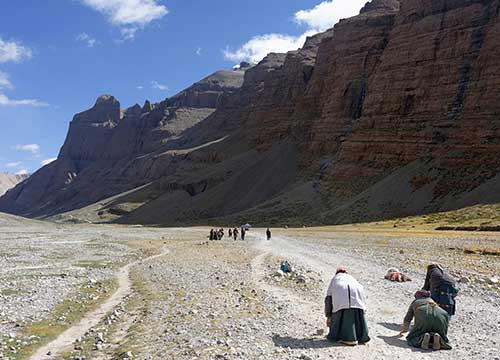








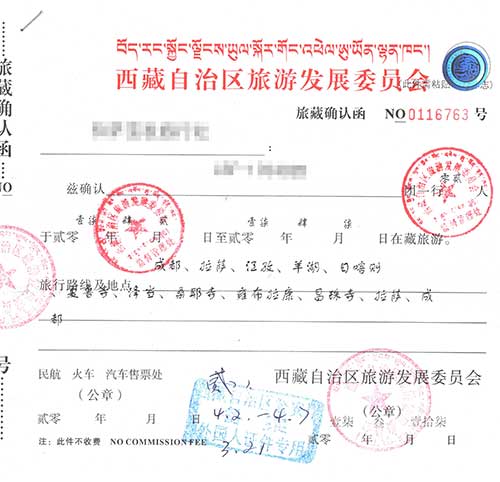

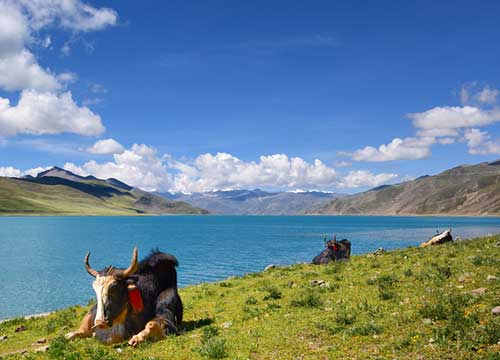


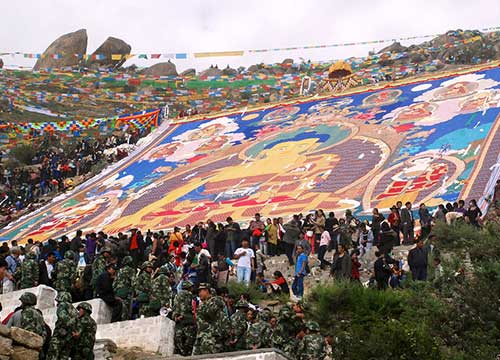
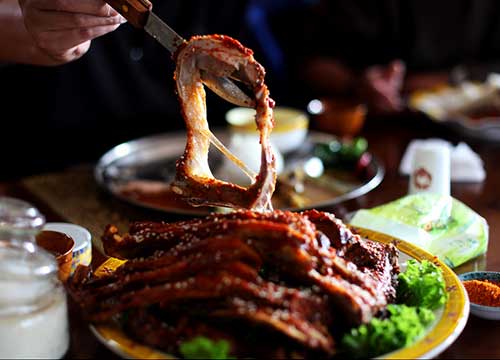

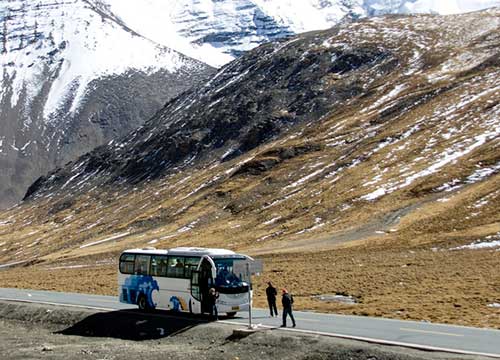
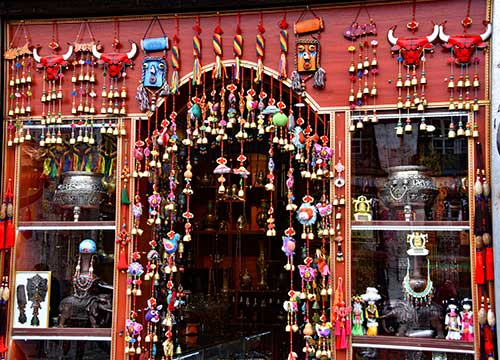

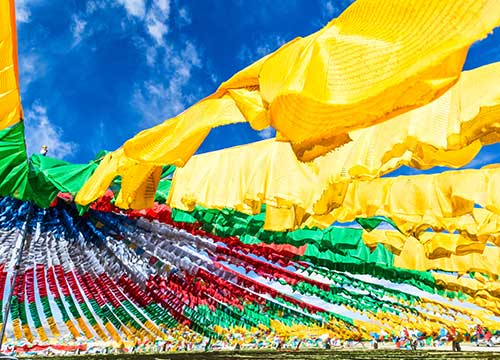

 Data in submission...
Data in submission...